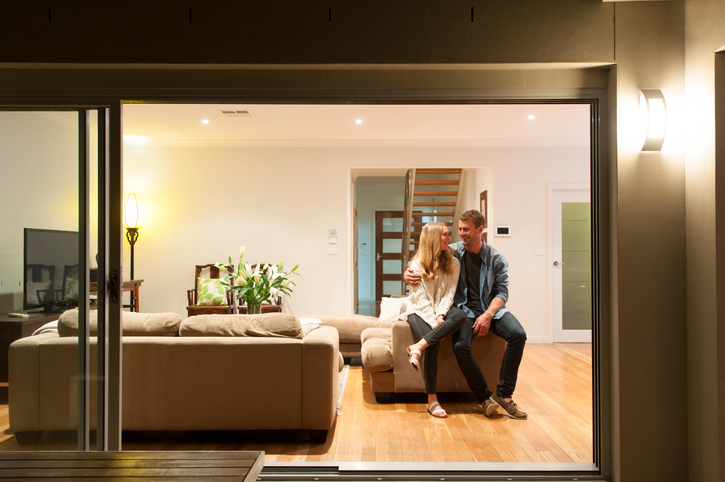UK housing has long been a hot topic and especially so after the recent Budget 2017. Therefore, we thought we’d delve into housing market statistics to reveal the current state of the property landscape.
First Time Buyers Are Getting Older
According to the Office for National Statistics, the mean age of a first-time buyer was 32 in 2015/2016, a year older than a decade earlier in 2005/2006. Although only a slight change, this shows purchasing a property is now harder and more expensive than ten years ago.
The Older You Are, The More Likely You Are to Own a Property
Many of us would like to think that as you get older your assets grow with us. Well, that appears to be the case for most of us. The same UK Perspectives report revealed that in 2013/2014 the likelihood of you owning a property increased with age until your mid-70s when this dropped ever so slightly.
This differs considerably from the past as in 1981 and 1991 people aged 35-44 were most likely to own their home. Whereas 45-64 year olds topped the list in 2001/02.
Not Enough Homes Are Being Built
According to the Department for Communities and Local Government (DCLG), 251,820 properties were built in 1980. This had declined to just 152,440 in 2015.
First Time Mortgage Loans Hit a Low During the Property Crash
The Council of Mortgage Lenders reports that in the 80s and 90s, between 400,000 and 600,000 loans to first time buyers were granted each year. The highest this reached was 620,000 in 1986. However, in 2002/2003 this fell 31% and in 2007/2008 this decreased a further 47%.
Although figures have risen since this crash, pre-2003 highs are a long way off.
It’s Harder to Buy a House Now Than 20 Years Ago
It has been reported by the Office for National Statistics and the Annual Survey of Hours and Earnings (ASHE) that median gross weekly earnings and average property prices have not grown comparably over the decade or more.
In 1997, you could expect to pay 3.6 your weekly earnings on purchasing a home, whereas last year this had more than doubled to 7.6 times your weekly earnings.
In 2016, the least affordable place to live was Kensington and Chelsea where buying would cost 38.5 times more than the local average annual income. Whereas the most affordable was in Copeland, Cumbria, where buyers needed just 2.8 times more than annual earnings.
For further interesting property figures and statistics, check out the guide: Historic House Prices: Research Shows Your Parents Definitely Had it Easier.





